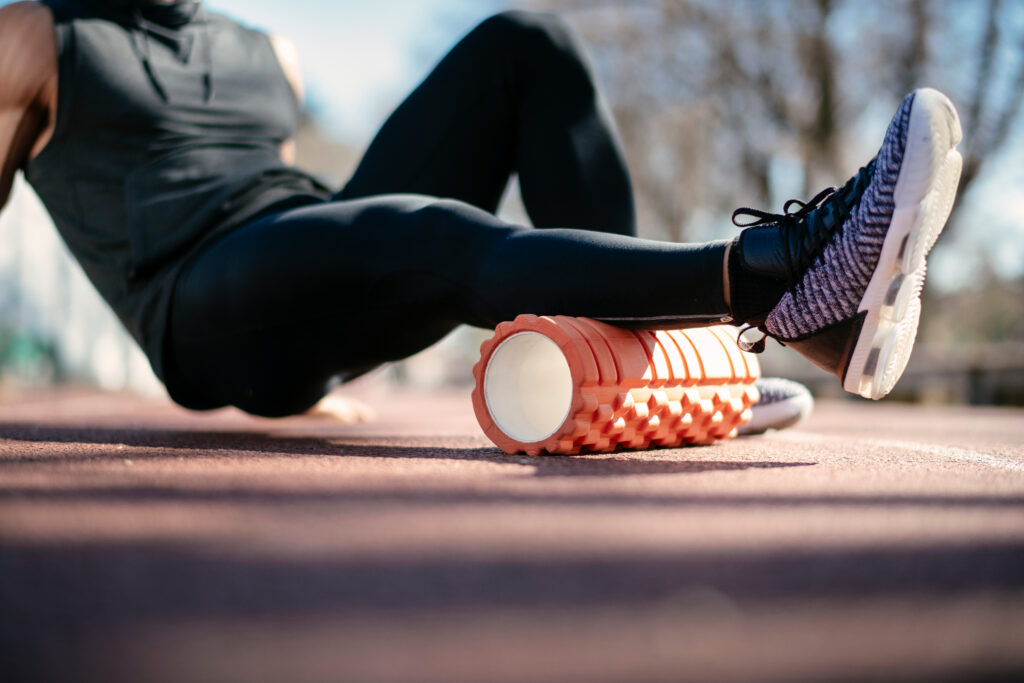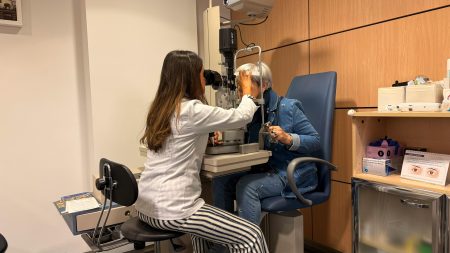If you’re someone who exercises regularly, you’re probably familiar with the feeling of muscle soreness that can set in a few hours or days after a workout. This can range from slight stiffness and tenderness to more intense pain that makes it difficult to move around. But what should you do when you’re feeling sore and achy? Should you push through the pain and keep exercising, or take a break and rest?
Let’s find out when it’s best to rest and when it’s better to keep moving. By understanding the factors that contribute to muscle soreness and fatigue, you’ll be better equipped to make informed decisions about your workouts and avoid injury. So whether you’re a seasoned athlete or just starting out on your fitness journey, read on to learn more about how to listen to your body and make the most of your workouts.
What Is Muscle Soreness?
Muscle soreness is a common experience for people who engage in physical activity, especially those who are new to exercise or have increased the intensity of their workouts. There are two types of muscle soreness that can occur: acute muscle soreness and Delayed Onset Muscle Soreness (DOMS).
Acute Muscle Soreness
Acute muscle soreness is the burning sensation that you feel during or immediately after a workout. This type of soreness is typically caused by the buildup of lactic acid in the muscles. You may experience acute muscle soreness when you push your muscles to their limits, such as when you do a high number of reps or add more weight to your exercises. The soreness you feel is a sign that your muscles are working hard to adapt to the demands of your workout.
Delayed Onset Muscle Soreness
Delayed Onset Muscle Soreness (DOMS) is the soreness that you feel 24 to 48 hours after an intense workout. This type of soreness is different from acute muscle soreness because it is not caused by lactic acid buildup. Instead, DOMS is thought to be caused by microscopic tears in the muscle fibers, which occur when you do exercises that your muscles are not used to or when you increase the intensity of your workout.
DOMS can feel achy, stiff, or tight, and you may have trouble moving the affected muscles or body parts. Although the exact cause of DOMS is not fully understood, it is believed to be a result of inflammation and muscle damage. It is important to note that if you experience sharp or intense pain during your workout, it may not be muscle soreness and could be a sign of an injury. In such cases, it is recommended to stop or modify your workout.
To prevent muscle soreness, it is recommended to start with low-intensity workouts and gradually increase the intensity and duration over time. Additionally, it is important to properly warm up before exercising and to stretch after your workout to help your muscles recover. Adequate rest and recovery time is also essential for preventing muscle soreness and allowing your muscles to repair and rebuild.
Should You Work Out When Sore?
If you’re feeling sore after a workout, you might be wondering if you should still exercise. The answer is yes, but with some caveats.
Studies have shown that exercise can actually help alleviate muscle soreness. However, the type of exercise you do matters. If you’re sore in certain areas, it’s best to give those muscles a break from targeted exercise.
Instead, consider doing some gentle movement that’s not taxing to those areas. Walking, yoga, and mobility exercises are great options when you’re sore. Alternatively, if your lower body is sore, focus on an upper body workout instead.
It’s also important to keep your workout light and low-impact. Just enough to get your heart rate up and aerobic system going. Avoid doing a crazy workout if you’re feeling debilitating soreness, as this can open you up to injury.
If your body is adjusting its form to do everyday activities like walking or sitting, chances are your form for exercise won’t be great either. Remember that rest and recovery are essential parts of any fitness routine, no matter your fitness level.
In summary, it’s generally okay to work out when sore, but be mindful of the type of exercise you do and how your body is feeling. Listen to your body and adjust your workout accordingly to prevent injury and promote recovery.
Strategies for Working Out When Sore
If you are feeling sore, it is important to listen to your body and adjust your workout routine accordingly. Incorporating a proper warm-up and cool-down routine into your workouts, even on days when you are not sore, can help to lessen muscle soreness. A consistent routine can also help you assess what your body needs that day.
During your warm-up, take a few minutes to check in with your body. Assess if you are feeling sore or if there are any areas of tension, such as your neck. This can help you determine what type of workout will be best for you that day. A five-to-10-minute warm-up is all you need to get started.
After your workout, it is important to cool down and bring your heart rate down. This can also be a good time to stretch while your muscles are still warm. This can help to prevent injury and reduce muscle soreness.
Building in active recovery days can actually help you reach your potential. Active recovery allows your body to regenerate and recover from a metabolic standpoint. This means that your muscles, joints, and soft tissues will be ready for your next intense workout. Muscle and strength are built during recovery, so overtraining can actually cause you to see no results.
Recovery Modalities
When it comes to muscle soreness and workout recovery, taking some form of recovery time is essential. While there is no known treatment to stop DOMS completely, there are some recovery techniques that seem to help provide relief and speed up recovery. Recovery has become a popular term with many different modalities available, but the recovery method each person needs may look different.

Hot and Cold Therapies
Hot and cold therapies like cryotherapy, cold plunges or ice baths, and saunas are suggested to have some mental health and cognitive benefits. They have been shown to reduce pain and inflammation from muscle damage, with a positive impact specifically on DOMS. Incorporating both a cold plunge and a hot sauna into your recovery can be beneficial.

Foam Rolling
Foam rolling is also commonly used for soreness relief. Although studies are sparse, it seems to have an impact on reducing soreness for some people. Foam rolling helps to increase blood flow and break up adhesions in the muscle tissue.

Epsom Salt Bath
Epsom salt baths are another good pick for relief. The scientific evidence for its efficacy is relatively slim, but there is plenty of anecdotal evidence. If it makes you relax and feel good, there’s no harm in a good Epsom salt soak. Epsom salt is believed to help reduce inflammation and soreness.

Prioritize Hydration, Nutrition, and Sleep
Proper hydration, nutrition, and sleep are also essential for proper recovery. Staying hydrated helps to flush out toxins and prevent muscle cramping. Proper nutrition provides the body with the necessary nutrients to repair and rebuild muscle tissue. Sleep is crucial for the body to recover and repair itself.

Calming Breathing Exercises
Breathing exercises can also aid in recovery. Deep breathing helps the muscles relax and helps switch us out of fight-or-flight mode we naturally enter into after a heart-thumping, high-impact workout. Before you leave the gym, find a spot where you can put your feet up on the wall and do nasal breathing—a three or four-second inhale, then a prolonged six to 10-second exhale. This should help transport oxygen to more tissues and cells that need recovery and repair.
Everyone’s Recovery Needs Are Different
Recovery is a crucial component of any fitness routine. However, the type and amount of recovery needed can vary greatly from person to person. This is because recovery is highly individualized and depends on factors such as the types of workouts you do and your body’s response to physical stress.
To optimize your recovery, it’s important to listen to your body and pay attention to how it responds to different recovery methods. This may involve being diligent about your warm-ups and cool-downs, incorporating additional recovery days into your routine, or using techniques such as icing sore spots.
Ultimately, the key to effective recovery is finding what works best for your body. By paying attention to your body’s signals and adjusting your recovery accordingly, you can help prevent injury and ensure that you are able to perform at your best.









